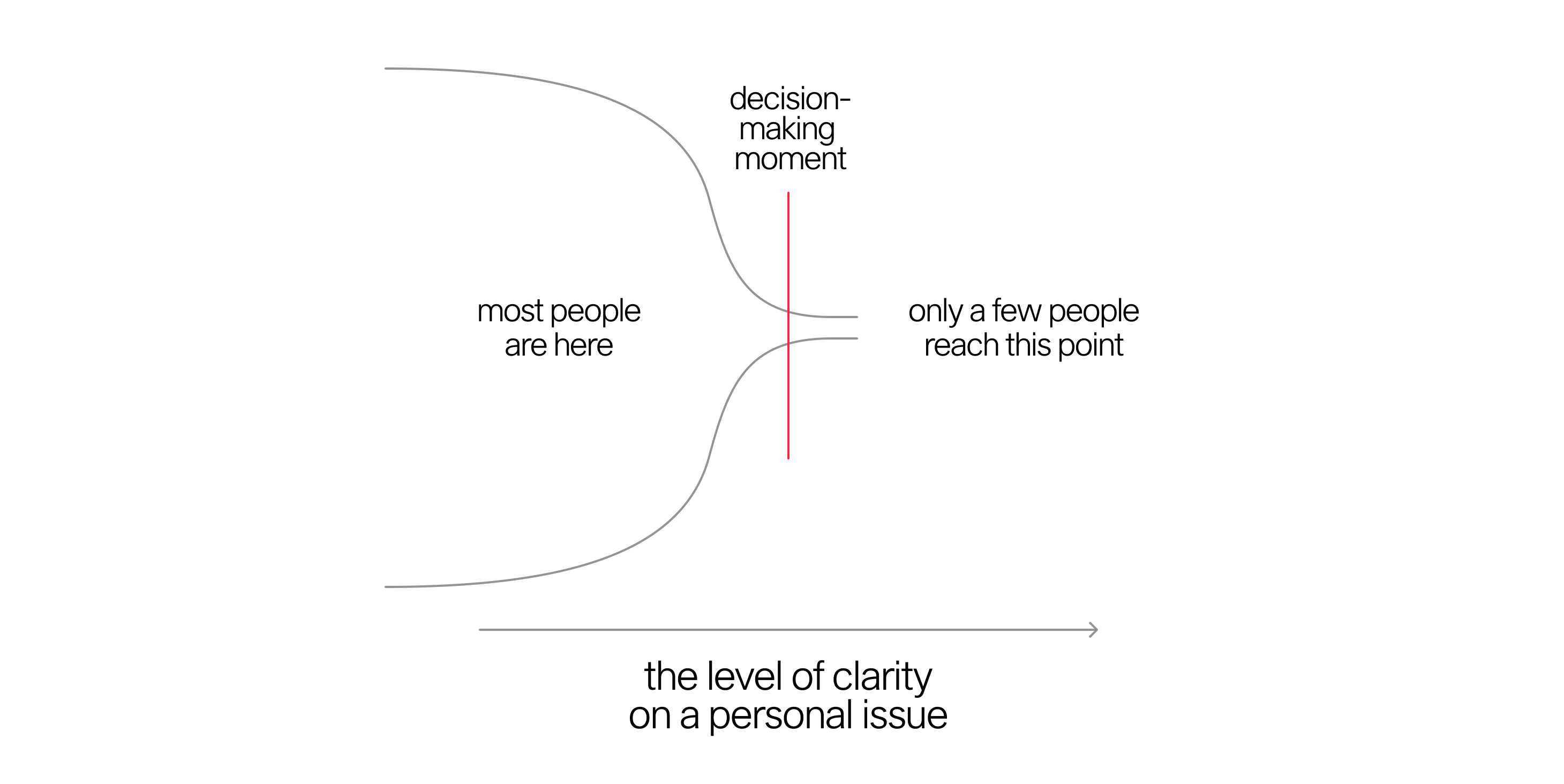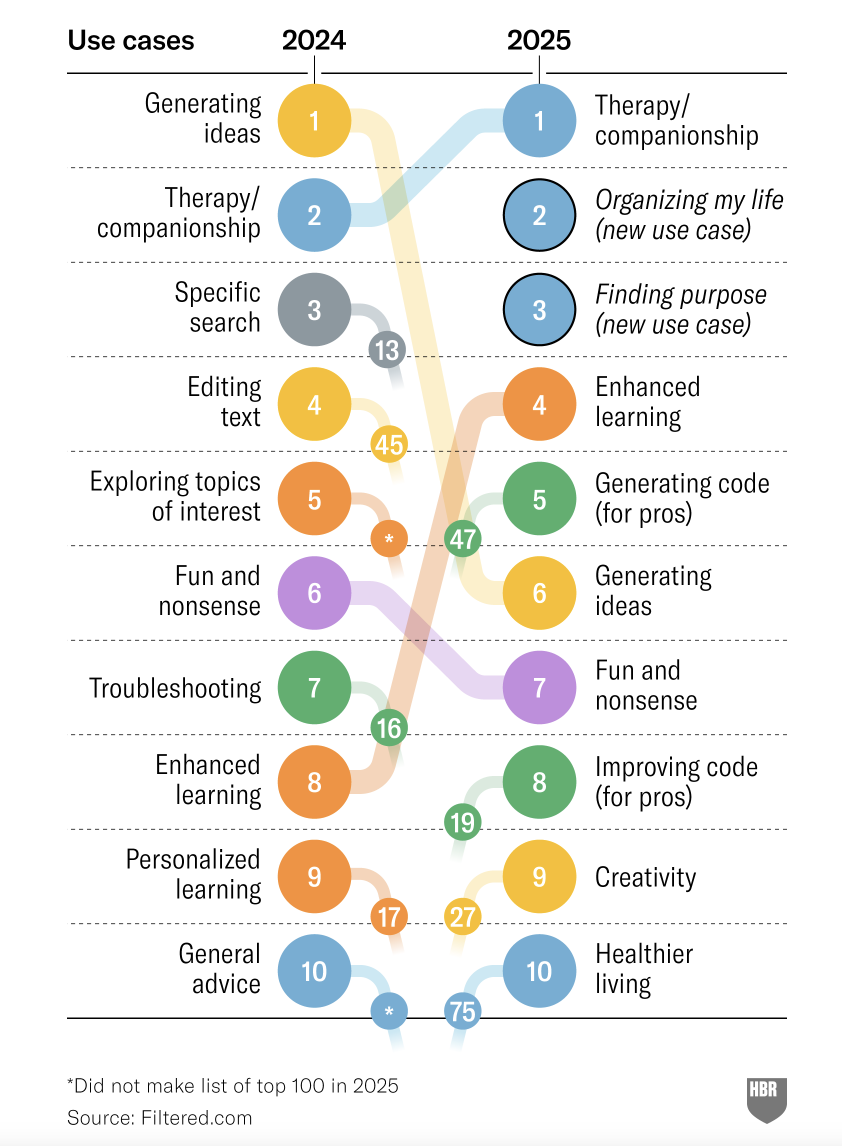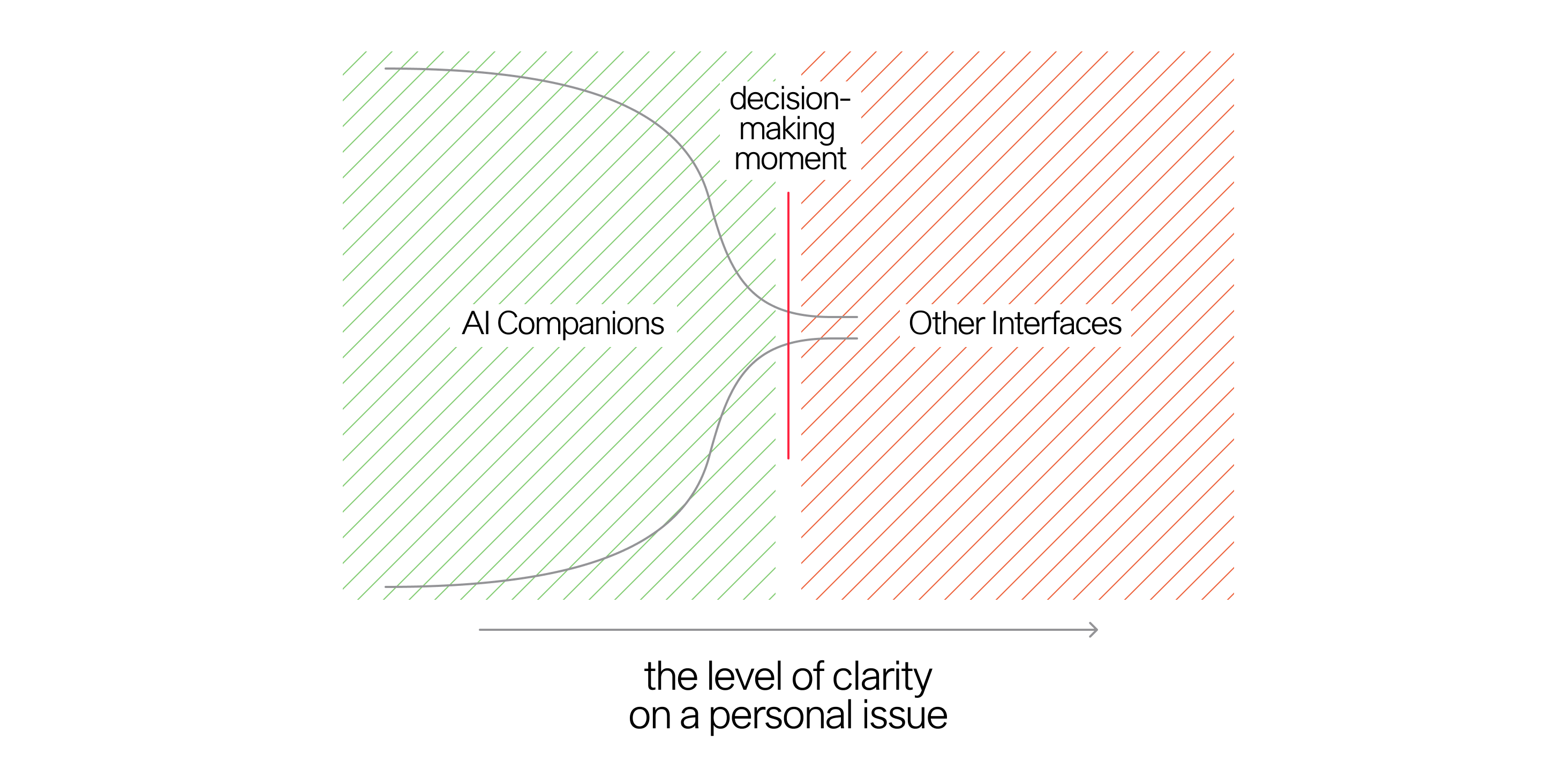Computer interfaces have evolved from mainframes to smartphones. Portable personal computers, graphical user interfaces, and always-available mobile devices expanded both the accessibility and depth of human–computer interaction.
Today, many assume computers must become even more convenient and physically intimate. Companies imagine universal AR glasses or brain–computer interfaces. They ask: what if a person could execute a task the moment a thought arises?
But is convenience really what holds people back from meaningful action? Do any of us truly wish computers were even more present in our minds?
Overwhelm and incoherence
People are not blocked because they lack access to technology. If anything, they are blocked because they have too much of it. The modern condition is one of overwhelm.
An excess of information creates a poverty of attention. Continuous streams of data fragment our thoughts. Contradictory signals exhaust us and dissolve coherence.
Many people want to make progress, but in this scattered and depleted state, they struggle to take purposeful action. The limiting factor is no longer access to tools. It is the ability to form a stable, coherent intention.
In most areas of personal life, a small number of people achieve clarity and then seek tools to execute their decisions. But most never reach that clarity in the first place.
If we were to plot it out, we would see that most people are stuck in earlier levels of decision making. They have some thoughts but not enough to make a decision and take action.

Most people already have a rough sense of what they should do to improve their health. The barrier is not knowledge but the internal conflict that prevents motivated action.
They move through loops like:
"I should eat more salad, but I don't enjoy it. Maybe I should learn to make better ones, but the last recipes I tried weren't good. This supplement ad looks promising—but do I really want to spend $50 on it? Meanwhile, everyone on Instagram looks healthier than me. I'm failing at what I'm supposed to be doing."
New Year's resolutions illustrate this dynamic. People carry strong latent intentions throughout the year, yet only act when given a symbolic fresh start at a moment when their inner contradictions briefly quiet down.
What we need are tools that help restore clarity, coherence, meaning, and motivation. They must give us space to work through conflicting thoughts, examine our intentions, and experiment with different ways of living.
In this cultural and psychological landscape, pushing technology closer to the brain is not the answer. The forces that created this state—ever-increasing convenience and constant technological stimulus—cannot be the forces that guide us forward.
Need for clarifying conversations
Historically, people made sense of their inner lives by talking to one another. Conversation offered a way to untangle thoughts, test interpretations, and find meaning. In those exchanges, we received three essential forms of support: attention, knowledge, and articulation. Someone listened, offered perspective, and helped us put our thoughts into words.
Today, that social function has eroded. People have less time and far less attention to give. Before we can pay attention to others, we need attention ourselves. And, in a world saturated with stimulus, almost everyone feels depleted. The result is a shared state of cognitive shortfall. We are all stuck.
If humans can no longer reliably provide that depth of attention at scale, something else will have to.
If attention and coherence are the true bottlenecks, then the next interface must be an entity capable of helping people think clearly. It must be available whenever they need it, and for as long as they need it.
AI companions
At this moment, LLM-based AI assistants entered our lives. We can speak to them for as long as we wish. They offer unbroken attention, possess broad knowledge, articulate ideas clearly, and can retain substantial context about who we are and what we've discussed.
We began using them as sophisticated search engines, but very quickly the nature of our interactions changed. People started sharing personal uncertainties, dilemmas, and aspirations. What began as AI assistants rapidly evolved into AI companions.

By the summer of 2025, half of U.S. teens were speaking with AI companions regularly, and one-third reported that these companions felt as good as—or better than—their human relationships (Common Sense Media).
These systems are already shaping how people handle their lives: they sit with us in difficult moments, help us sort competing priorities, and offer a non-judgmental place to speak.
ChatGPT is only the first generation. More capable and specialized AI companions are emerging every day. Soon, most people will have several of them—friends, coaches, partners, mentors—each designed for a different facet of life.
And the need is far larger than the demand for new hardware interfaces. For every person with a clear, executable plan, there are many more who are still trying to sort out what they want.

A complementary shift is unfolding in parallel: AI agents are rapidly becoming capable of executing complex tasks on our behalf. Many of the cumbersome actions we perform today—navigating menus, sending emails, coordinating with intermediaries—will soon be delegated to autonomous systems.
As execution becomes increasingly automated, our time and cognitive effort will shift toward interpreting the world and making sense of our own lives. We will spend more time in reflection, deliberation, and meaning-making. Much of that will happen through dialogue with AI companions. Once we reach a decision, those companions will coordinate with task-oriented agents in the background to carry it out.
Taken together, these trends make the constraint unmistakable: our bottleneck is psychological coherence, not the ability to act. The next interface must help people think, not merely execute.
It will not be hardware, but a relationship.
AI companions are that interface.
As we engage with them, we will naturally gravitate toward companions that converse well, build trust, and feel present. We will expect greater emotional intelligence, deeper personalization, and a stronger sense of connection. The more real they feel, the more willing we will be to share our thoughts, explore our inner conflicts, and move toward clarity.